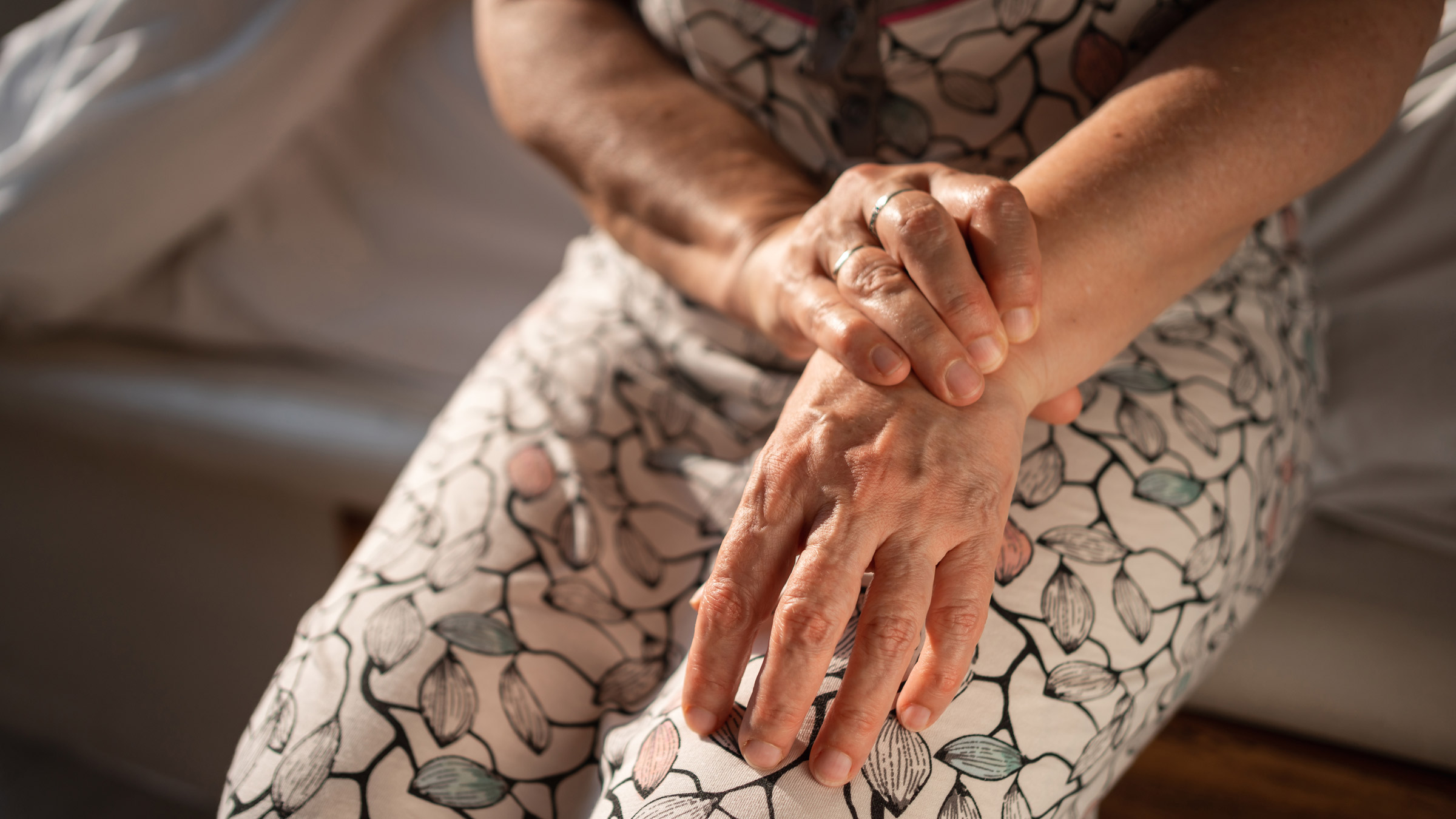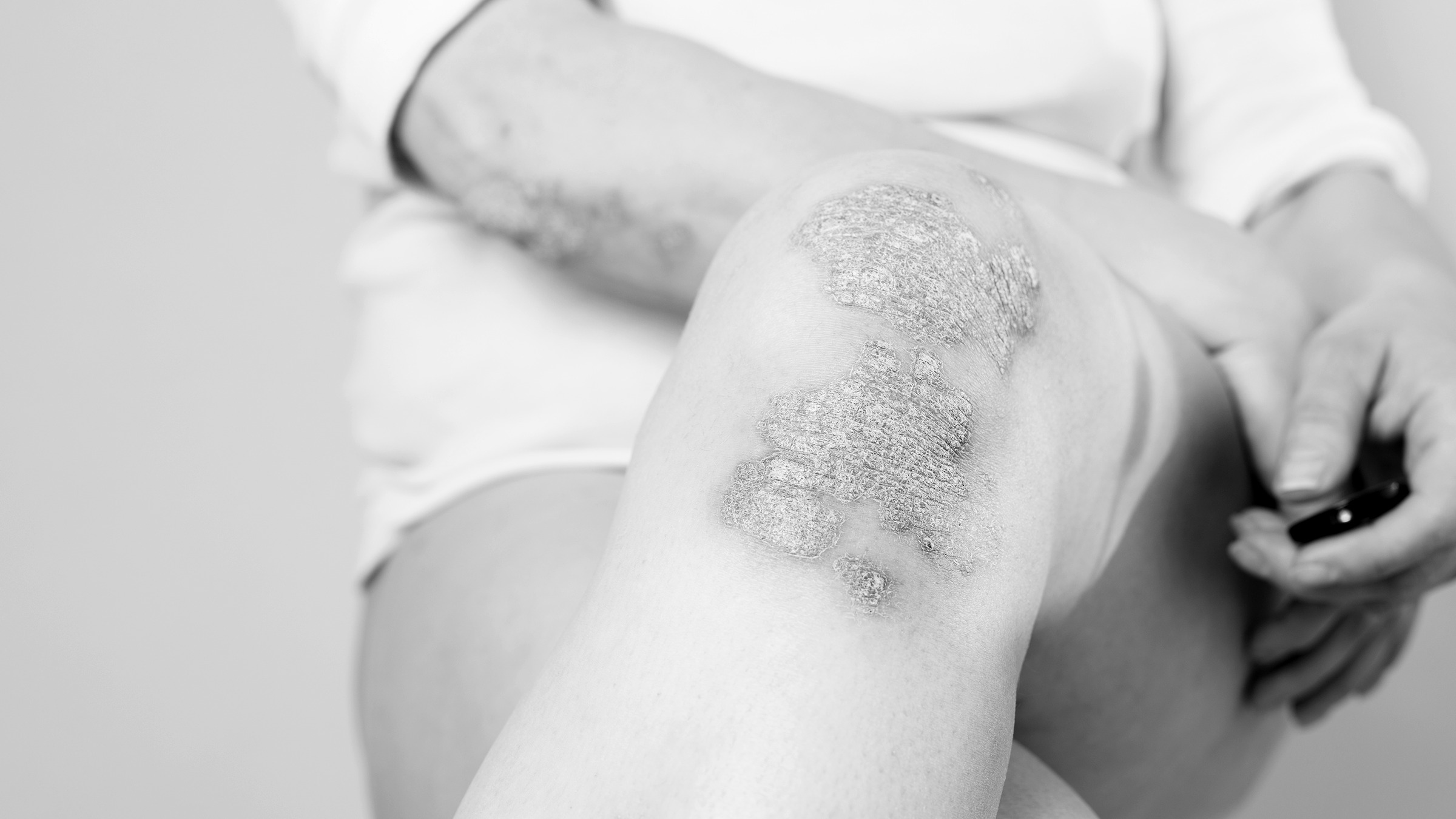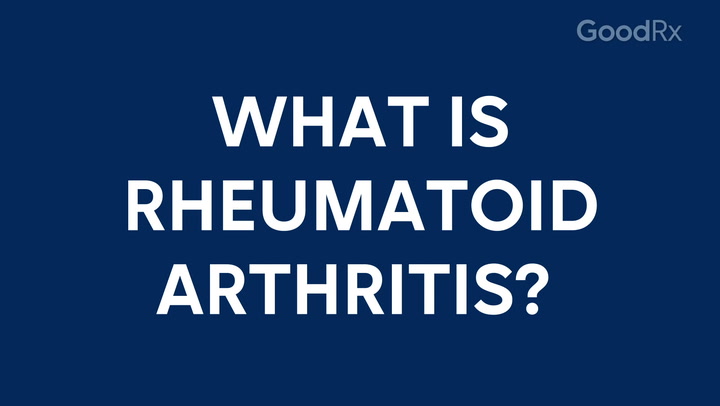
GoodRx Guide
Arthritis: Your GoodRx Guide
Comprehensive information for you or a loved one — including treatment options and discounts on popular medications.Definition
Arthritis is a general term to describe joint inflammation. “Arthro” means “joint” and “itis” means “inflammation.” This inflammation leads to symptoms such as joint pain, swelling, and stiffness.
Arthritis is common: Nearly 1 out of 4 U.S. adults have it. It’s more common in women, older adults, and non-Hispanic white people. Depending on its severity and location, arthritis can limit your daily activities and mobility. In turn, it can also negatively affect your quality of life.
The good news is that treatments and medications are available. They can help ease symptoms, improve your mobility, and slow the progression of arthritis.
Save over 40% on Qsymia with GoodRx
Discover the once daily Qsymia for weight management. Qsymia is for adults and children 12-17 in combination with a healthy diet and regular exercise.

Types and causes
There are many types of arthritis, and some are more common than others. Although symptoms may be similar, the different types have different causes. This is important because the type of arthritis will determine the best treatment.
Types of arthritis include (but are not limited to):
Osteoarthritis is the most common type of arthritis. It happens with wear and tear on the joints over time. Joint injury or surgery can increase the risk.
Some other types of arthritis are autoimmune conditions, including rheumatoid arthritis, psoriatic arthritis, lupus, and ankylosing spondylitis. This means the body’s immune system causes inflammation in the joints.
Gout is also an inflammatory arthritis, but it’s caused by the buildup of uric acid crystals in the joints.
Symptoms
The most common symptoms of arthritis include the following in the joint(s):
Pain
Swelling
Stiffness
Decreased range of movement
Warmth
But other symptoms may vary, depending on the type of arthritis. For example, people with rheumatoid arthritis may also have fatigue, occasional fever, and loss of appetite. But osteoarthritis does not cause these symptoms.
Get medical attention right away if you have pain, redness, swelling, and warmth in one joint that comes on quickly. These are signs of septic arthritis (arthritis due to infection), which is a medical emergency.
Related Health Conditions

Diagnosis
A diagnosis of arthritis usually requires a few steps. Your healthcare provider will start by asking you questions about your joint pain to get more information. They’ll want to know about location, timing, and whether there’s swelling. It’s also important to discuss your medical conditions and your family medical history (if any). That’s because some conditions that affect the joints can run in families.
Next, a physical examination will allow your provider to feel swelling or warmth in the affected joint(s). They’ll check the range of motion of the joint. And, depending on what they suspect, they may also examine other parts of your body.
Finally, imaging is often an important part of an arthritis diagnosis. This usually begins with an X-ray, which shows your bones and the spaces between them. X-rays are sufficient in many cases. But sometimes more advanced imaging (like CT or MRI) can be helpful, because they can show more detail.
If your provider suspects a joint infection or gout, they may perform a joint aspiration. This is a minor procedure in which they remove fluid from the joint with a needle and syringe. Then they can send the fluid to a lab for further study. But, in some cases, removing fluid from a swollen joint can also help arthritis symptoms if the cause is already known.
Medications
For minor aches and pains in your joints, over-the-counter pain relief may be helpful. Examples include acetaminophen (Tylenol), ibuprofen (Advil, Motrin), and naproxen (Aleve). Topical creams (applied on the skin) can also provide relief. But keep in mind that these medications are not safe for everyone, so be sure to talk with your healthcare provider if you have any questions. They’re also not appropriate for long-term use due to the risk of side effects.
It bears repeating that the best treatment for arthritis depends on the type. There are various prescription medications for autoimmune-related arthritis and gout. These medications help with pain, swelling, and motion. They also keep the arthritis from getting worse. This can help prevent further problems with mobility and function.
Once you have a clear diagnosis of arthritis, your provider can help you decide which medication (if any) is best for you.
Living with arthritis
Medication isn’t the only tool for dealing with arthritis symptoms.
Perhaps the most important thing you can do for your arthritis symptoms is to keep moving. It may seem counterintuitive, but research suggests that physical activity can improve pain and function by almost 40%. Aerobic, strength, and flexibility training are all beneficial for joints with arthritis.
That said, it helps to stick to low-impact activities, or those that are gentler on the joints. Examples include:
Water aerobics or swimming
Strength training can be tricky if you’re trying to protect a painful joint. But that doesn’t mean you should avoid it. A physical therapist can show you which exercises are safe and how to perform them. It’s also a good idea to speak with your healthcare provider before starting a new program.
In addition to helping with joint pain, physical activity can help you maintain a healthy weight. Excess weight can put more stress on your joints. So weight loss can often help reduce pain, inflammation, and flares in many types of arthritis.
Arthritis support groups and communities are another helpful tool. They can provide a safe space for emotional support, information exchange, and connection with others.
Common concerns
There’s no cure for any type of arthritis. The closest treatment option is joint replacement surgery, where a surgeon replaces a damaged joint with an artificial one. Typically this surgery is reserved for severe cases of arthritis when other treatments haven’t worked well enough.
Joint replacement, or arthroplasty, is a common option for larger joints, such as hips, knees, and shoulders. Smaller joints — such as ankles, elbows, and wrists — can also be replaced. But these procedures are far less common.
As with the medications mentioned above, this depends on what kind of arthritis you have. For example, stiff joints due to rheumatoid arthritis often feel better and loosen up with warm water. On the other hand, a painful, swollen joint due to osteoarthritis might feel better after you’ve applied an ice pack for 20 minutes. Diet changes can help prevent gout flares, but only medication can help relieve symptoms that have already started.
Yes. Medications and treatments for arthritis — especially the autoimmune types — are better now than they were in previous generations. Early diagnosis and treatment give you a better chance of controlling arthritis symptoms and preventing complications.
References
American College of Rheumatology. (2020). Exercise and arthritis.
American College of Rheumatology. (2022). Joint injections (joint aspirations).
Arthritis.com. (n.d.). Talking about arthritis.
Arthritis Foundation. (n.d.). Weight loss benefits for arthritis.
Barbour, K. E., et al. Vital signs: Prevalence of doctor-diagnosed arthritis and arthritis-attributable activity limitation — United States, 2013–2015. Morbidity Mortality Weekly Report.
Kelley, G. A., et al. (2011). Effects of community-deliverable exercise on pain and physical function in adults with arthritis and other rheumatic diseases: A meta-analysis. Arthritis Care & Research.
National Institute of Arthritis and Musculoskeletal Diseases and Skin Diseases. (2021). Juvenile idiopathic arthritis.
Park, J., et al. (2018). Various types of arthritis in the United States: Prevalence and age-related trends from 1999 to 2014. American Journal of Public Health.































